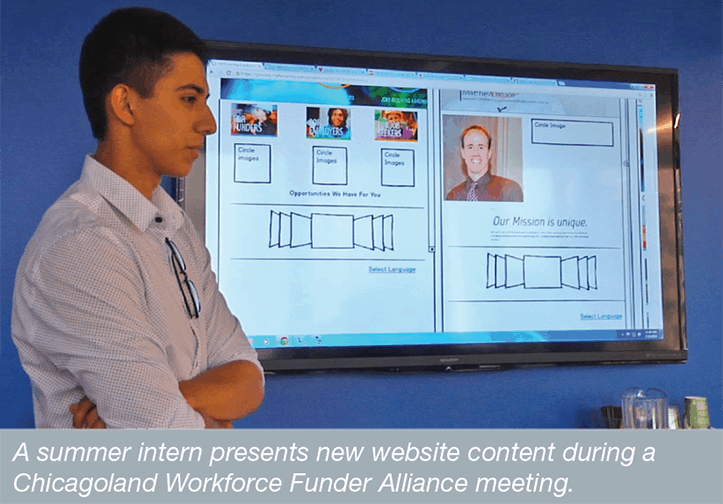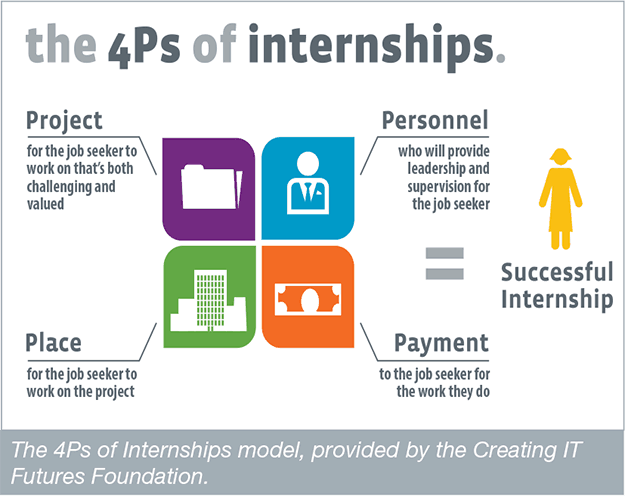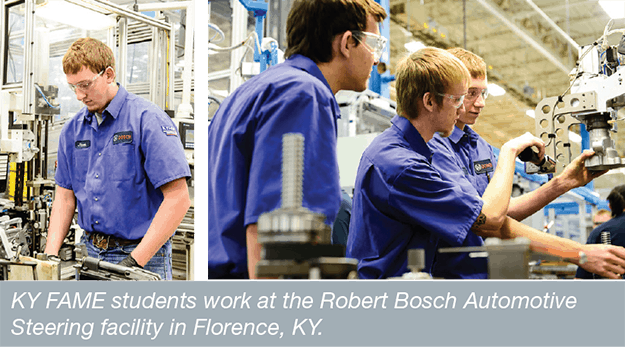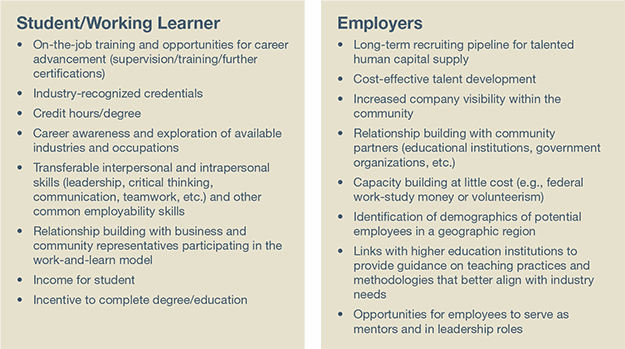Combining Working and Learning to Pursue Passions, Skills and Productivity

Parminder K. Jassal
If you are juggling the demands of life while going to school and working at the same time, you are not alone. In fact according to a study from Georgetown University, you are one of 14 million people in the U.S. who are both active in the labor market and formally enrolled in some form of postsecondary education or training. You are a working learner. For many working learners, the choice—or rather imperative—to work stems from financial need.
But many working learners are also in pursuit of other, equally economically beneficial rewards, such as gaining marketable skills and experiences; professional networking; and enriching their academic learning to get ahead in the 21st century economy. Students and workers are taking control of their own learning, and are doing so in ways that work for them.
But, often times they have to sacrifice learning for work or visa versa. We live in a world driven by changes in technology, business models, and workplace dynamics—the constant evolution of which requires that we never stop learning, upgrading our skills and credentials, and improving our performance in an increasingly competitive and complex job market. But this Norman Rockwell image of “lifelong learning” is all but picturesque for too many. Take David Rivera, for example. David is a working learner, and a member of ACT Foundation’s Working Learner Advisory Council. In his own words:
Working and learning creates an anxiety that I’ve never had before. I go to school Monday through Friday, and I go to work Wednesday through Sunday. I’m always doing something. I never have a day off. Some nights don’t sleep at all and have to do it all again. I work and learn because I have to.
David articulates the struggle of many working learners who are trying to make seamless connections between the isolated domains of going to school, maintaining a job, and balancing the demands of life. But, what if these worlds were effectively integrated, making for meaningful experiences that work in concert to empower working learners in the 21st century economy?
We may be on the verge of this critical shift in our learning and working ecosystems.
A work experience can equip people with foundational employability skills, like teamwork and professionalism, while providing them an opportunity to explore and prepare for career options in the workplace. According to a recent report by Georgetown University’s Center on Education and the Workforce, “a job is more powerful as an educational tool when it provides exploratory learning that supplements or complements a student’s field of study.”
Some of the best ways to embrace a working and learning connection is through models such as apprenticeships, internships, tuition assistance and mentorships. And, more and more employers across all sectors of the economy are offering these opportunities to students, potential candidates and current employees as core talent development strategies. A portion of this trend can be attributed to the looming skills gap, which is leaving an estimated 4 million jobs unfilled today and is forcing companies to be more creative and innovative in the way they attract, source and develop their workforce. The National Network of Business and Industry Associations (the National Network) highlights some of these efforts in a recently-released employer manual, Work and Learn in Action: Successful Strategies for Employers.
Companies like IBM are partnering with Chicago Public Schools Early College STEM Schools, the Chicagoland Workforce Funders Alliance, and Creating IT Futures Foundation to offer a range of paid internships to high school students interested in pursuing IT skills and careers. The 4ps of Internships model represents a range of customized internship structures that meet the needs of both the company and participant.
Companies like Toyota and Bosch AS are supporting programs like KY Fame, which is a unique employer-educator partnership that develops a pipeline of skilled advanced manufacturing technicians through on-the- job application of technical skills, personal behaviors and manufacturing core exercises. Targeted to high school students, veterans and transitioning workers, KY Fame participants receive 1,800 of on-the-job training, college credit, industry-recognized credentials, and a direct pathway to full time employment.
When working and learning are blended to reinforce each other, the economic, education and social benefits for working learners are clear:
But how do working learners find and take advantage of these programs? The short answer is we need to do a better job of coalescing, organizing and directly pushing these opportunities to working learners. Many working learners rely on word of mouth, happenstance, or awareness from heavily marketed and established programs. However, it is important that working learners ask the following questions when looking for work and learn opportunities:
- Will I acquire both transferable common employability skills (like teamwork and communication) and technical skills that lead to opportunities for employment or career advancement?
- In addition to experiencing work, will I earn something of value, like academic credit, income, or industry-recognized credentials?
- Will I have an opportunity to work with a mentor, who can help me grow my skills and plan a career path?
Groups like ACT Foundation, Business Roundtable and the National Network are working to help people navigate the landscape of work and learn opportunities through developing online tools, blueprints and models. The goal is to make the work and learn connection more commonplace as a key driver of economic competitiveness, career success and life satisfaction. We call this a National Learning Economy. Through this work, people like David have the freedom to pursue their passions, map out their learning, achieve high productivity for themselves and their employers, and have even greater control over their schedules, income, and lives. Setting the conditions where working learners like David can thrive in the 21st economy is critical for our future.
Read more about the value of work and learn and what companies are doing to support it here.
About “GenDIY”
Young people are taking control of their own pathway to careers, college and contribution. Powered by digital learning, “GenDIY” is combatting unemployment and the rising costs of earning a degree by seeking alternative pathways to find or create jobs they love. Follow their stories here and on Twitter at #GenDIY. For more, check out:
- Getting Smart Podcast | GenDIY: Emerging Options for Students Navigating Life
- Imagine Running a Phone Store While You’re Still in High School
- Living Your Future Is An Authentic Process
Parminder K. Jassal is Founding Executive Director of ACT Foundation. Follow ACT Foundation on Twitter, @ACTFDN.
Stay in-the-know with all things EdTech and innovations in learning by signing up to receive the weekly Smart Update.








0 Comments
Leave a Comment
Your email address will not be published. All fields are required.